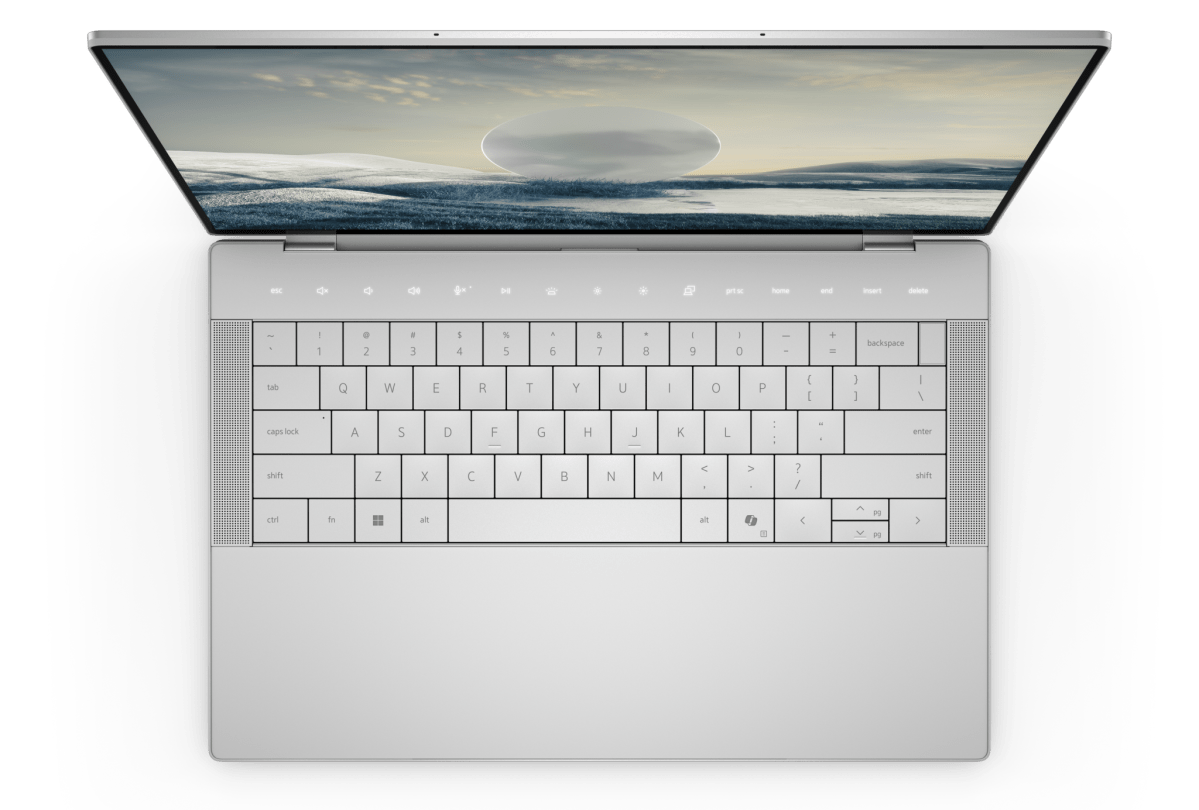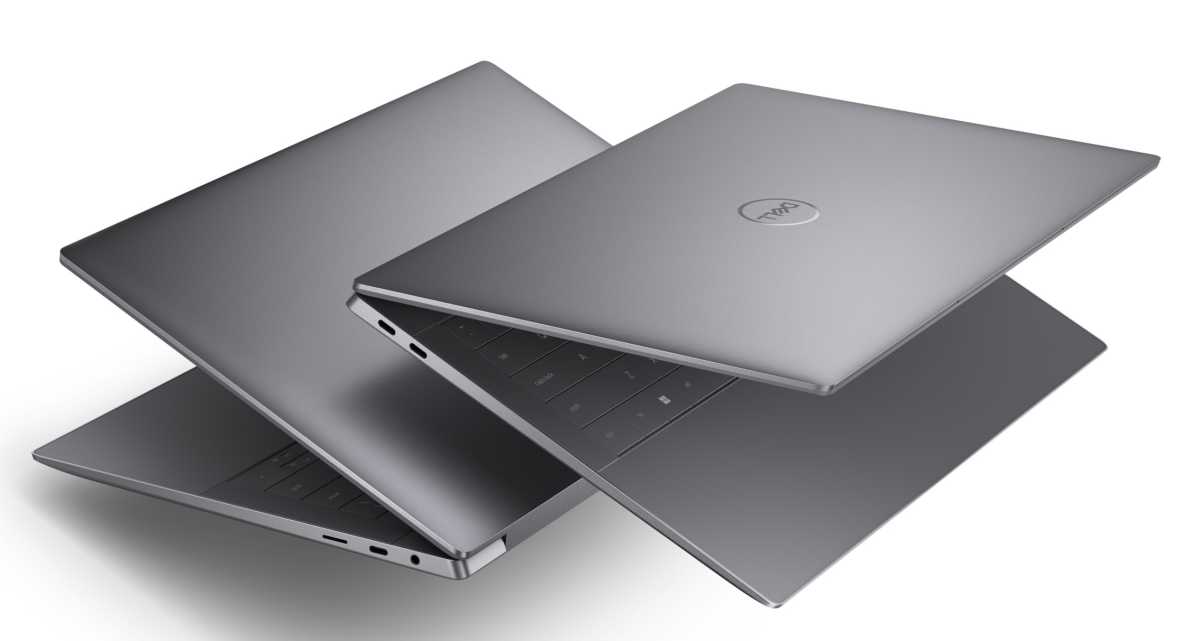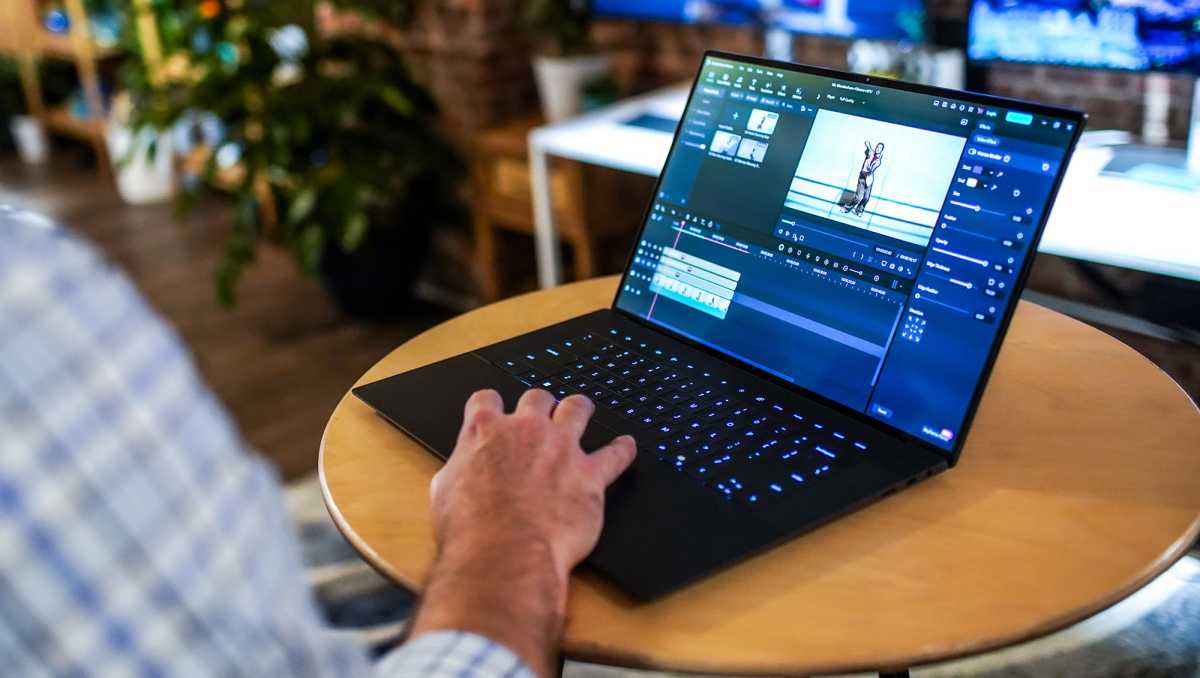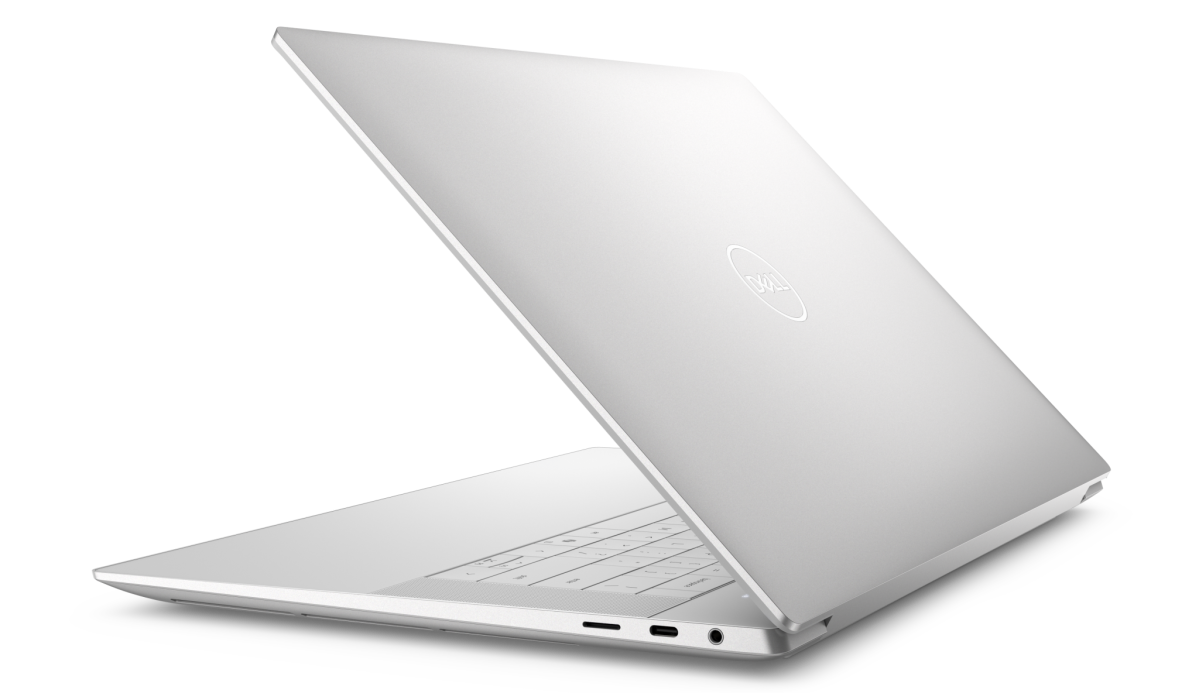Dell's revamped XPS laptops get the sleek Plus treatment

 Image: Dell
Image: DellWhat did you think about the XPS 13 Plus, the upgraded, streamlined version of Dell’s long-running ultraportable favorite? While opinions were divided among the Windows laptop faithful, Dell seems to be all-in on the new look with its touch-enabled function row and invisible trackpad. The latest version of the XPS 13, along with new redesigned XPS 14 and XPS 16, are all rocking the updated design language. In fact, it’s now standard: There’s no longer an XPS Plus model because this is just what all XPS laptops look like. Dell is showing off its 2024 flagship line at CES.
The laptops are sleek and tiny, as you’d probably expect. They’re so small that the larger options have been officially shrunk down: the XPS 15 and XPS 17 have morphed into 14 and 16, respectively, though the physical size of the 16:10 screens are only very slightly diminished. Both get the design language of the XPS 13 Plus, with the controversial illuminated touch strip function row and invisible haptic touchpad. But like their predecessors, the larger chassis allow for discrete graphics card options not available to the smaller 13-inch design.

Dell
Dell
Dell
The updated Dell XPS 13 retains the obvious focus on portability, with a flattened keyboard that doesn’t quite spill over the frame on both sides. It’s gorgeous, naturally, but if you didn’t like the shortened keyboard or the touch row on the Plus, dropping the suffix won’t change your mind. The 13.4-inch screen behind Gorilla Glass 3 starts as a 1920×1200 non-touch panel, which is nonetheless pretty good at 500 nits. The first upgrade is a 2560×1600 touch display, but it would almost be a crime not to splurge on the OLED touch option at 12880×1800 (which also gets Gorilla Glass Victus). All of them get quad speakers and an HD camera compatible with Windows Hello. There’s also a fingerprint reader on the power button.
Inside are the latest flavors of Intel Core Ultra 5 or Ultra 7 processors, 12 or 16-core depending on your package. RAM is offered in a disappointing 8GB to start, with 64GB maxed out. Storage begins at 512GB of PCIe 4 with a maximum of 4TB configurable at some point after the launch. Integrated Arc graphics are the only option, ditto for the twin Thunderbolt 4 ports. The battery is 55 watt-hours, and the whole package tips the scales at 2.6 pounds, offered in white or graphite colors.

Dell
Dell
Dell
The Dell XPS 14 bumps the screen up to 14.5 inches, which is juuuuust enough to get some top-firing speakers on the side of the keyboard. The extra room in the body also allows for two Thunderbolt 4 ports on the left side for three in total, plus a headphone jack and a MicroSD card slot on the right. You get the same non-touch base display as the XPS 13, but the OLED upgrade comes with an even more dense 3200×2000 touch panel.

Dell
Dell
Dell
The processor starts at a Core Ultra 7 and RAM starts at 16GB, otherwise storage is the same 512GB-4TB range. Graphics start at integrated Arc, with an option for a 6GB RTX 4050 card upgrade (which also comes with a 100-watt charger). And you’ll probably want it, too; spinning up that 30-watt discrete card will drain the 69.5 watt-hour battery pretty quickly. The larger body, battery, and graphics card options pushes the weight up to 3.8 pounds…which is still pretty light for an all-aluminum body.
The big daddy of the line is the Dell XPS 16, now sporting a 16.3-inch panel that starts at 1920×1200 for the non-touch option. The sole upgrade is a full-fat 4K OLED touch panel, the better to drink in the details on an RTX 4050, 4060, or full-on 4070 discrete card (assuming you don’t cheap out with integrated graphics). RAM and storage are the same as the XPS 14, with a Core Ultra 9 18-core processor at the highest tier.

Dell
Dell
Dell
While it doesn’t gain any extra ports over the 14, the larger body allows a 99.5 watt-hour battery (just a hair under the limit for commercial airlines) that gets it a 130-watt charger. All that tech weighs in at 4.8 pounds for the OLED model. That’s a saving of over half a pound versus the XPS 17 from 2023.

Dell
Dell
Dell
Getting my hands on all three designs, I still can’t say I’m a fan of the super-thin, super-flat keyboard and the touch panel. It’s as eye-catching as ever (though somewhat less so on the XPS 14 and 16 because of the top-firing speakers), but it would take me some more-than-usual adjustment time to get back to full speed, especially for media controls. Other than that design choice, which I’m guessing will be the contentious one for XPS fans, they remain as sleek and powerful as ever. It’s hard to overstate how much of an improvement the OLED panel makes for these machines — don’t skimp on the screen upgrades if you can possibly help it.
Precise launch dates for the new XPS family aren’t available. But in a welcome surprise, prices are. The XPS 13 will start at $1,299, the XPS 14 at $1,699, and the XPS 16 at $1,899 in US dollars. Based on Dell’s releases in past years, I’d expect them to be available before the start of the summer.
Author: Michael Crider, Staff Writer

Michael is a former graphic designer who’s been building and tweaking desktop computers for longer than he cares to admit. His interests include folk music, football, science fiction, and salsa verde, in no particular order.
Recent stories by Michael Crider:
Our favorite low-cost laptop is even cheaper todayWhoa! Get a Dell Inspiron laptop with 16GB of RAM for $360Nvidia makes GeForce Now easier to run on the Steam Deck







